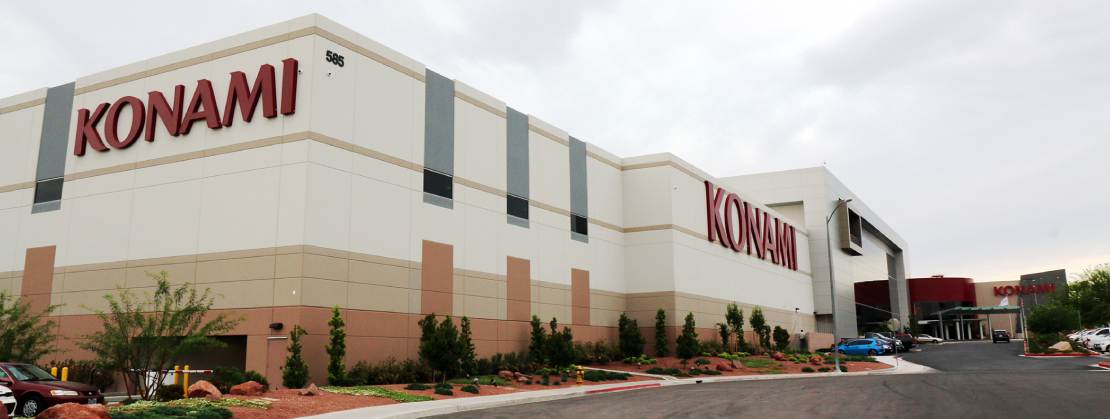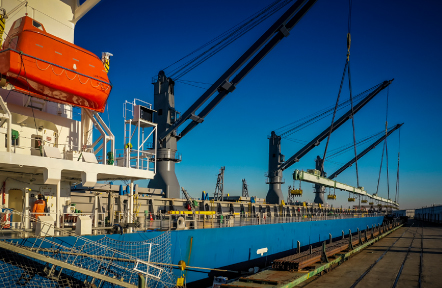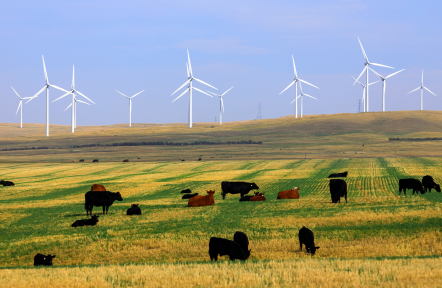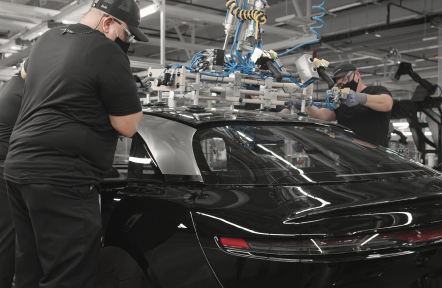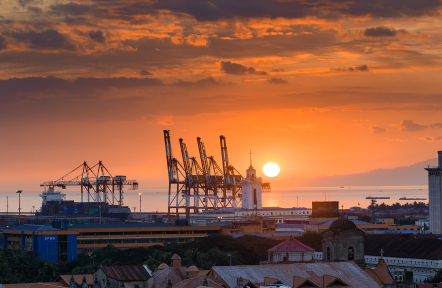
Since the introduction of an economic liberalization program and the privatization of state assets in the mid-1990s, Panama has experienced steep growth in its gross domestic product that many nations in any part of the world will surely find enviable.
Over the past 20 years, Panama has laid out the groundwork to become the region’s foremost center in logistics and financial services — a sensible next step in the economy’s development given its position as one of the world’s most important conduits of maritime trade.
One of the fastest–growing economies in the Americas, Panama has achieved average GDP growth of 8 percent over the past decade, with the annual figure surpassing 10 percent in some years.
Minister of Economy and Finance Frank De Lima boldly stated that Panama will remain one of the economic wonders of Latin America: “We estimate to keep our leadership for the next five years.”
Since assuming full control of the Panama Canal in 2000, the country has earned about $1 billion every year.
But amid growing competition from other sea lanes and overstretched capacity of the canal, Panama embarked on a gargantuan expansion project costing more than $5 billion, which will triple its cargo handling capacity and make it suitable for post-Panamax ships with a capacity over 13,000 twenty-foot equivalent units (TEU) or 120,000 deadweight tonnage (DWT).
Already covering most of the world’s shipping routes, the expanded Panama Canal, upon completion, will not only lower shipping costs, but also add several more routes to the existing 140 that pass through the canal.
“The canal represents directly no more than 10 percent of the country’s GDP. But indirectly, the canal contributes much more, after adding the input from logistics parks, free zones, ports, shipping agents, railways, etc.,” Minister of Channel Affairs Roberto Roy pointed out.
Enhancing its position as the crossroads of trade, Panama has long been a dollarized economy, which has resulted in a robust and dynamic banking sector. There are presently 92 licensed international and local banks operating nationally and regionally.
“We’ve done a very good job in building not only the necessary infrastructure to achieve a developed banking industry in Panama, but also in developing incentives within the legal framework,” said Carlos Troetsch, president of the Bank Association of Panama.
Panama has become a favorite destination for foreign direct investment, and some of the reasons are the political and economic stability that result in a competitive and comfortable environment to do business.
Since 1998, with the enactment of the Investment Stability Law, which guarantees foreign investments of at least $2 million, fair competition, and equal treatment under the law, Panama has become a preferred destination of international capital.
“The way Panama developed is very welcoming for international companies. Panamanians understand people that do business inside and outside of the country,” stressed Kevin Tynes, president of Nippon Koei’s Latin American and Caribbean operations.
That openness has begun to attract the attention of Japanese banks and institutions, which recognize Panama’s political and economic stability, its sound investment and business environment, and its crucial geographic advantage in global trade.
“The relationship between Panama and Japan is at the highest level ever. There is a lot of cooperation and good plans for the future. So, we are looking forward to continuing with this relationship,” said Roy.
Ahead of celebrating the 110th anniversary of the establishment of diplomatic relations next year, Panamanian President Ricardo Martinelli flew to Japan in 2012 to discuss various fields of economic cooperation.
And in a clear indication of growing closeness between the two nations, Japanese Foreign Minister Fumio Kishida reciprocated the gesture with a visit to Panama earlier this year.
Hiroki Kaji, president of Panasonic Latin America, believes Panama offers companies the advantage of being able to manage the rest of their Latin American operations from the country due to its location, duty-free zones, and other fiscal and financial incentives.
As of January 2012, more than 63 international companies, including Panasonic and Sony, use Panama as the base of their Latin American operations.
Panama is also hoping to join the Pacific Alliance, a trade bloc made up of Chile, Mexico, Peru, and Colombia, which together represents about 36 percent of Latin America’s GDP and would be the world’s ninth-largest economy if considered a single entity.
“Many Japanese people don’t know the situation and the advantages that Panama has to offer, but they are beginning to understand the potential of Panama in the region,” said Ambassador Ikuo Mizuki of Japan.
Aside from investment opportunities in multimodal logistics, financial services, energy, information technology, telecommunications and tourism, President Martinelli is busy promoting the Panama Pacific Economic Area — a former U.S. Air Force base that was reconverted to accommodate an international airport, tank farm, as well as industrial, commercial and residential areas.
Known locally as Howard, the Panama Pacific Economic Area will offer investors various tax, labor, and customs incentives, and provide comprehensive services to facilitate the transfer to the area.
As Jacobo Batinovich, the president of Japan Auto Parts said: “Panama is the future of Latin America and many international businesses are noticing. The building blocks to become an economic and logistic powerhouse have been set. Now, we only have to wait and see the growth and success from all this planning.”
Note: This Special Report on Panama originally appeared in The Japan Times on October 30, 2103 (Credit: Philippe Le Saux)


